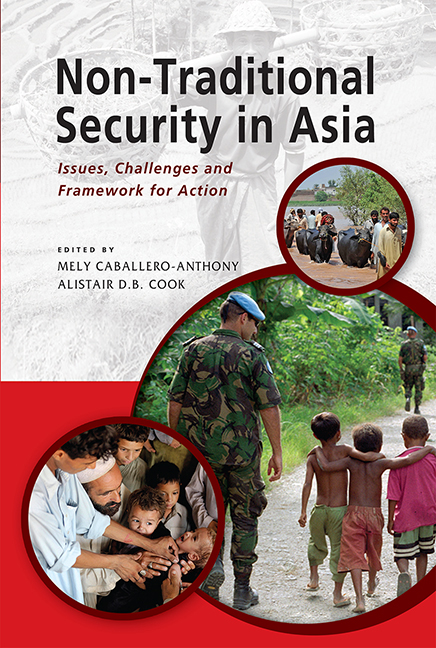5 - Natural Disasters
Published online by Cambridge University Press: 21 October 2015
Summary
Southeast Asia witnesses a number of natural disasters and did so throughout 2010, highlighting variable levels of national preparedness in dealing with disasters and illustrating the need for greater regional cooperation. This chapter looks at how governments in this disaster-prone region respond to the impact of these large scale events.
WHAT ARE NATURAL DISASTERS?
The Centre for Research on the Epidemiology of Disasters (CRED) defines a disaster as “a situation or event which overwhelms local capacity, necessitating a request to a national or international level for external assistance; an unforeseen and often sudden event that causes great damage, destruction and human suffering”. For a disaster to be entered into its Emergency Events Database or EM-DAT, at least one of the following criteria must be fulfilled: 10 or more people reported killed; 100 or more people reported affected; declaration of a state of emergency; and calls for international assistance.
The EM-DAT distinguishes two generic categories for disasters: natural and technological. The natural disaster category was further divided into five sub-groups, which in turn cover twelve disaster types and more than thirty sub-types, as can be found on Table 5.1.
As in previous years, in 2008 Asia remained the most affected continent by natural disasters. The region accounted for 40 per cent of all reported natural disasters and more than 80 per cent of all reported victims. Economic damage costs in Asia almost doubled from 34 per cent in the period 2000–07 to 62 per cent in 2008. Looking at the patterns of natural disaster in Asia, one can observed all types of natural disasters. This is particularly true in Southeast Asia. The most common forms of natural disasters in Cambodia, Indonesia, Philippines and Vietnam for the period 1900 to 2009 are:
Indonesia : Earthquakes, volcanic eruptions, floods, droughts, storms, epidemics and wildfires.
Philippines : Earthquakes, volcanic eruptions, floods, droughts and storms.
Vietnam : Floods, droughts, storms and epidemics.
Cambodia : Floods, droughts, storms and epidemics.
- Type
- Chapter
- Information
- Non-Traditional Security in AsiaIssues, Challenges and Framework for Action, pp. 85 - 117Publisher: ISEAS–Yusof Ishak InstitutePrint publication year: 2013



